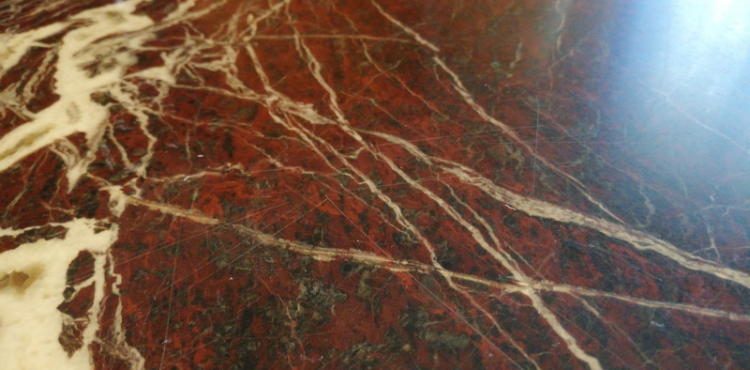
Rules - aMazeMe
These are the rules
This is the pattern that you should use:[br][list=1][*]Solve a maze puzzle[/*][*]Solve a science puzzle[/*][*]Decide your direction[/*][*]Repeat[/*][/list][br]First, complete the maze in either AR mode or by using the link.[br]By solving the maze you gain access to an experiment that you can do at home - a puzzle you have to solve! You will need to use physics, chemistry, and math to work on these educative and fun puzzles.[br]If you completed your puzzle correctly you will get information regarding a direction that you could dive further into finding the next mazes and puzzles!

How to find the maze
Download the GeoGebra Augmented Reality App to your smartphone. You find instructions on how to do that here: [url=https://www.geogebra.org/m/jhcywuqw]https://www.geogebra.org/m/jhcywuqw[/url][br][br]Open the app and search for a small round button above the blue part of the app that says AR - select that round button![br]Now go to the top left of the app where you find three straight lines - a menu button. Select them and a menu will pop up. Select Open/Öffnen and search for the LINK-ID. The [b]LINK_ID is the last part of the website URL in GeoGebra[/b]. For this page, [url=https://www.geogebra.org/m/pfrxcwpr]https://www.geogebra.org/m/pfrxcwpr[/url] it is [b]everything after /m/[/b] which would be: [url=https://www.geogebra.org/m/pfrxcwpr]pfrxcwpr[/url]
What is a Pattern?
Definition
A pattern is some kind of repeated or regular way something is done.[br]The Cambridge Dictionary tells us: "a particular way in which something is done, is organized, or happens". [url=https://dictionary.cambridge.org/de/worterbuch/englisch/pattern]https://dictionary.cambridge.org/de/worterbuch/englisch/pattern[/url][br][br]You can often see patterns in nature in different contexts. They can include all kinds of forms that can be described mathematically such as symmetries, spirals, tesselations, stripes, or even cracks.

Inclusions in a stone table
Examples of patterns
Patterns can be observed in nature as if they were designed in a specific way. Many plants and animals follow rules creating certain patterns.[br]Examples are honeycombs created by bees or the structure of a fern.[br]Also, objects that are not created by living organisms can follow patterns such as certain rock formations or crystals. [br]Even behaviour or movement can follow a pattern. This can lead to patterns in the design of a city or dancing patterns.
Patterns in Physics
Examples for patterns in physics
Patterns such as mountains, wrinkles on your skin, colored lines on a soap film, soap foam in your bath tub, lightning can be observed in nature and everyday life.[br][br][b]Physics explains the origin of the patterns. Through physics, we create models or patterns that describe and predict how nature works.[/b] These are our natural laws. [br][br]Written down as mathematical formulae with explicitly defined terms, they specify the relationships between forces and matter that govern and predict the workings of our physical world and the patterns that occur. Learn here about physics with everyday objects and explore rubber ballons and soap bubbles.[br][br]

Patterns in Chemistry

Where can patterns be found in chemistry?
Patterns can be found everywhere in nature. From the snowflake to the Grand Canyon.[br]Patterns are also relevant for chemistry: The periodic repetition of properties of the elements leads to the development of the periodic table of the elements.[br][br]The similar reaction schemes of different substances lead to the development of the theory of acid and bases and redox reactions.[br][br]How beautiful chemical reactions can be and how fascinating patterns they develop can be found here:[br]But also, the chemical practice in the way how things are done is mostly repetitive and follows certain patterns. If you want to learn more about basic chemical practice, follow this link:
